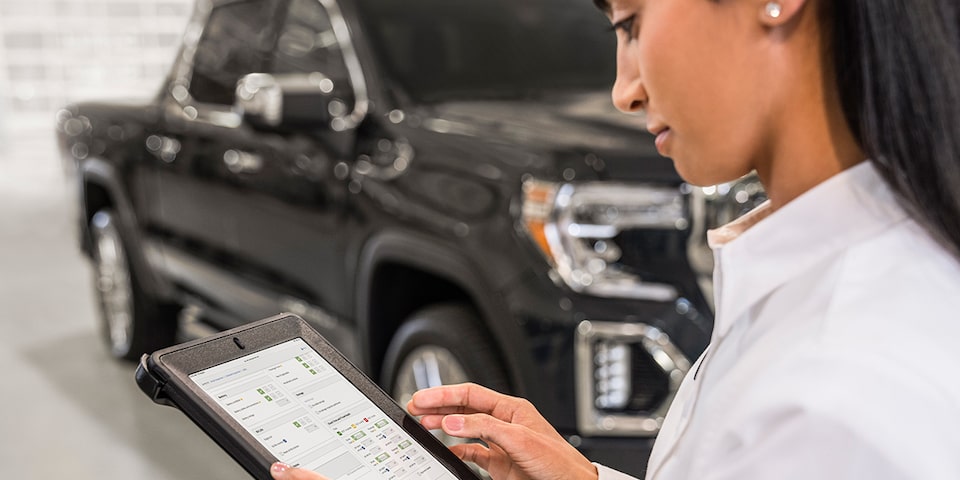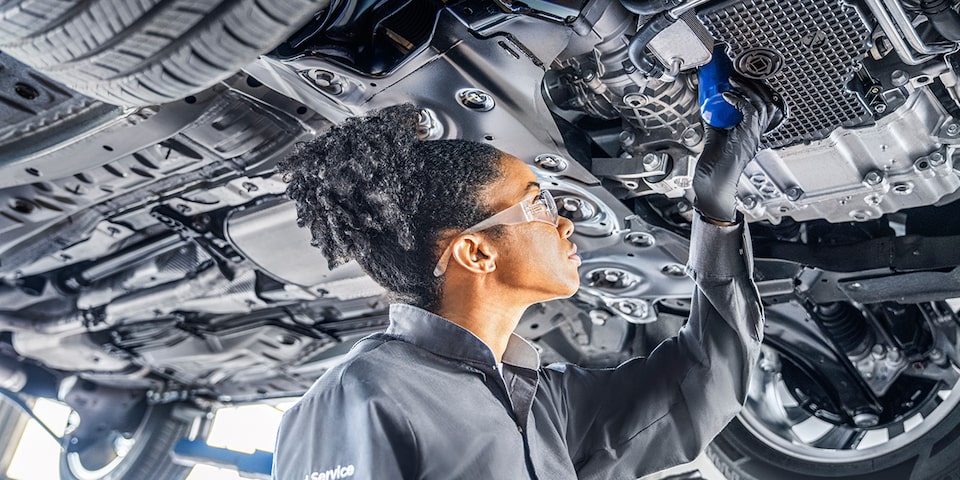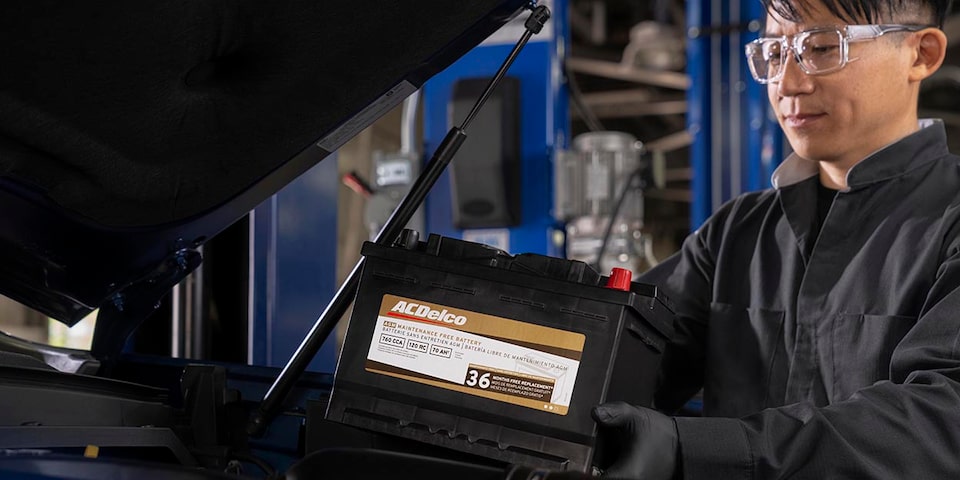
Repairing a modern vehicle is more science than elbow grease. The engine and transmission are complex, intricate systems that use hardware and software technology with more moving parts than most vehicle systems. Diagnosing a problem can be a complicated process because one problem could actually be a sign of a number of other underlying issues.
If you’re experiencing a problem, you can trust Certified Service to help you find the best solve for your vehicle’s health.
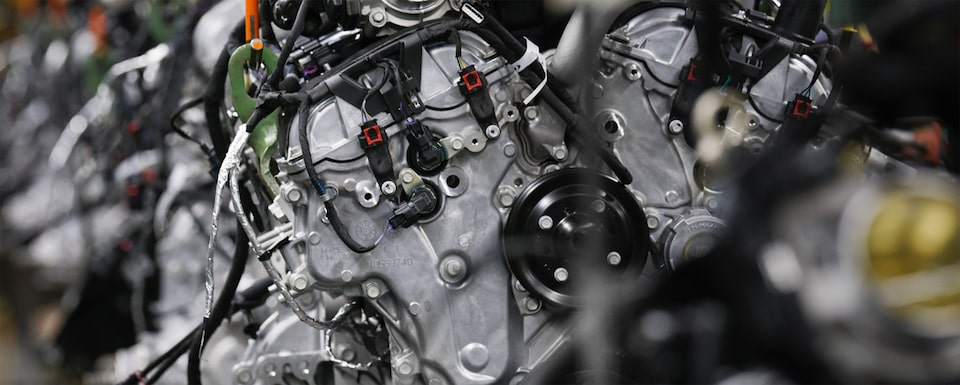
Engines from GM Genuine Parts are engineered and built to meet or exceed Original Equipment Manufacturer (OEM) specifications. And engines from GM Genuine Parts go through months of rigorous validation and testing to ensure optimal performance and durability.
You can be confident that the GM Genuine Parts engine built for your vehicle will function as originally designed and engineered. That reliability is backed by a fully transferable Limited Warranty on parts and labour for 3 years or 160,000 kilometres,
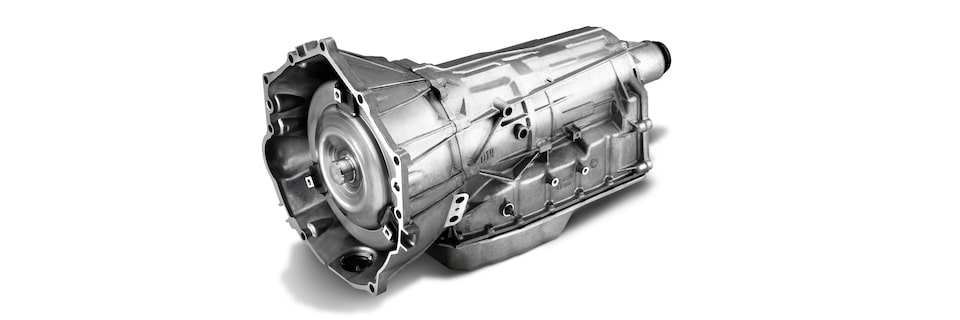
Each automatic transmission and transfer case from GM Genuine Parts is factory engineered and rigorously tested to deliver smooth, consistent performance. The latest engineering advancements are incorporated into every transmission for years of reliable operation.
You can be confident that the GM Genuine Parts automatic transmission or transfer case built for your vehicle will function as originally designed and engineered. That reliability is backed by a fully transferable limited warranty on parts and labour for 3 years or 160,000 kilometres,
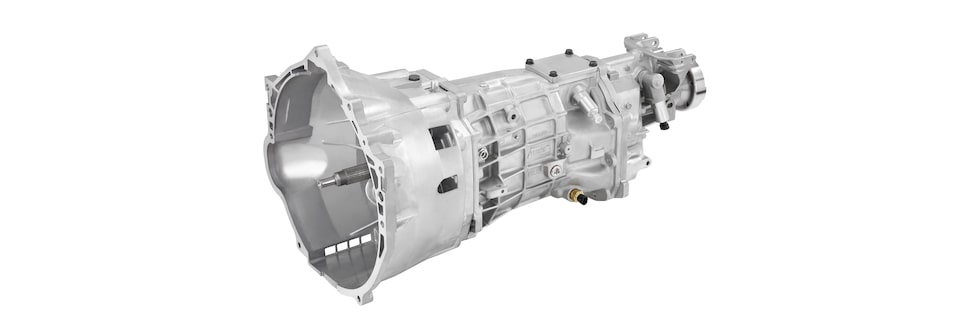
When you purchase a GM Genuine Parts manual transmission, you can rest assured that you're getting the same unbeatable quality that came with your new vehicle. Every GM Genuine Parts manual transmission is engineered to GM specifications and designed to fit and operate perfectly, right from the start.
GM Genuine Parts manual transmissions come with a transferable limited warranty on parts and labour for 1 year or 20,000 kilometres,
The GM Genuine Parts engine, transmission and transfer case are covered by the
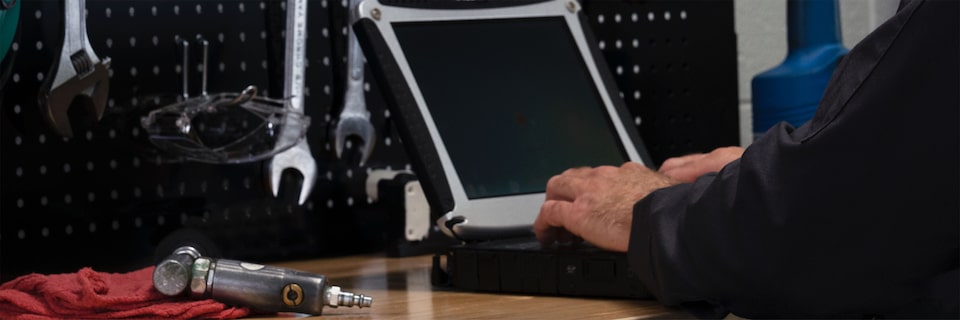
If there is a transmission issue that requires immediate attention, the Driver Information Center may display one of the following messages:
This message displays if there is a problem with the transmission. See your dealer for transmission service.
This message displays when the transmission needs to be shifted to P (Park). This may appear when attempting to remove the key from the ignition if the vehicle is not in P (Park).
A transmission hot message may display if the automatic transmission fluid is too hot. Driving under this condition can damage the vehicle. Stop and idle the engine to cool the automatic transmission fluid. This message clears when the transmission fluid has cooled sufficiently.
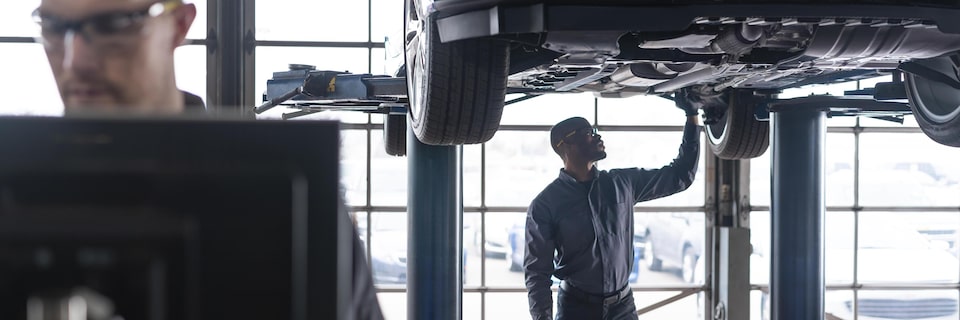
It is not necessary to check the transmission fluid level. A transmission fluid leak is the only reason for fluid loss. If a leak occurs, take the vehicle to your dealer and have it repaired as soon as possible.
There is a special procedure for checking and changing the transmission fluid. Since this procedure is difficult, this type of transmission repair should be done at your dealer. Change the fluid at the intervals listed in the Maintenance Schedule of your Owner’s Manual and be sure to use the fluid listed under Recommended Fluids and Lubricants.
Automatic transmission fluid should be drained and replaced as listed in the Maintenance Schedule of your Owner’s Manual.
Manual transmission fluid should be drained and replaced as listed in the Maintenance Schedule of your Owner’s Manual.
Apple and the Apple logo are trademarks of Apple Inc., registered in the U.S. and other countries.
Google Play is a trademark of Google LLC.
